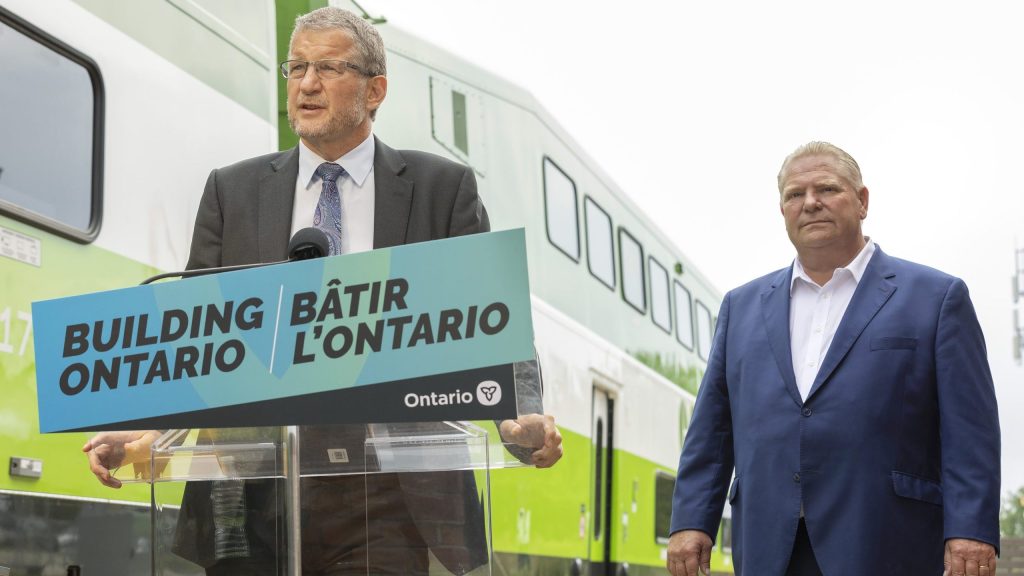South Korea’s infrastructure boondoggle a boon for cyclists
Posted Jun 22, 2017 10:16:24 PM.
Last Updated Jun 23, 2017 08:20:50 AM.
This article is more than 5 years old.
SANGJU, South Korea – In a country where bikes are either a poor man’s transportation or a weekend workout for spandex-clad racers, the longest and most highly engineered network of car-free paths in the world is being built through dense evergreen forests, down wildflower-lined river valleys and over steep mountain crests.
“If you like speeding fast you will need to train, but if you want to go slow, anyone can enjoy riding our paths,” said Moon-wan Sup, a South Korean high school teacher who has ridden the entire 2,700-kilometre (1,677-mile) of trails completed to date.
Construction of the multimillion-dollar bike network was met with widespread disdain a decade ago as an expensive attempt to appease public contempt over former President Lee Myung-bak’s controversial Four Rivers Restoration Project. That massive $20 billion bridge-river, levee-dam and wetland development drew widespread protests as a boondoggle approved without public input or adequate review to benefit the businessman-turned-politician’s former construction industry cronies.
But it’s hard to hate a bike path.
Especially one that provides peaceful passage through massive cities and snakes through bike-only mountain tunnels with smooth pavement, solar-powered air tire pumps, bathrooms built in the shape of bicycles, and even London telephone booth-style “certification centres” every 20 kilometres (12 miles) where riders can stamp the location’s logo in special-issue passbooks.
And so, although fewer than 2 per cent of people in South Korea get around on bikes (compared to 49 per cent of European Union residents), the bike paths that will eventually reach 5,000 kilometres (3,106 miles) are gaining popularity, both with recreational riders in South Korea and among a growing number of foreigners who are choosing bicycle tourism as a vacation.
The routes are dotted with newer guesthouses, cafes and restaurants catering to cyclists who need a comfortable place to sleep or a spicy rice and veggie bibimbap bowl, the country’s unofficial comfort food.Farmers, clerks and baristas were consistently welcoming during a recent tour; a gas station attendant insisted on handing cyclists milky-sweet coffee outside the small farming village of Seosan, and an innkeeper near Chungju woke before dawn to scramble up eggs from her chickens with carrots and kale from her garden.
The paths pass beaches and waterfalls, rice paddies, garlic farms, persimmon orchards and pagodas. They sweep under the massive carved Buddhas in misty cliffs at Gyeongju National Park and pass by the Sangju City Bicycle Museum, a 300,000-square-foot (27,870-square-meter) centre where hundreds of families, many who drive or take a bus down from Seoul, gather on weekends to practice pedaling on a small track.
Although short sections of the South Korean routes share roadways with cars, they’re mostly traffic free and newly built, unlike networks that connect roads and paths like the EuroVelo’s 15 routes covering 70,000 kilometres (43,495 miles) between Portugal and Russia, or the TransAmerica trail, a 6,804-kilometre (4,227-mile) route from Oregon to Virginia.
For rookies or foreign visitors who don’t want to find their own way, bicycle tour companies are increasingly offering guided vacations in South Korea. The first locally, bikeOasis Korea , has wide offerings. The Netherlands-based Cycle Classic Tours is among the foreign operators that have added South Korean itineraries to their traditional routes through the French Alps, Spanish coastline and Italian wine region.
“Opening up the countryside for recreational use has rightly allowed Korea to show off its spectacular scenery, landscape and culture to locals and the rest of the world,” said Wijko Farnholt at Cycle Classic.
Spotting an opportunity to combine business with his passion for cycling, Duk Young Lee opened Bikely in Seoul nine years ago to focus exclusively on touring. His shop’s shelves are loaded with headlights and spare tubes, handle bar bags and cargo racks, tool kits and padded gloves. He regularly ships high-end touring bikes to customers around the world. But for those who want a South Korean pedaling vacation, he also rents the entire kit — bikes, bags, lights and locks — for about$50 a day, sending scores of international riders down the Han River path that runs just blocks from his shop.
“The more people who ride our paths and hear about our bicycling network, the more popular this becomes,” said Lee, who has hosted riders from China, Europe, the U.S., Australia and New Zealand. Some head for the coastal routes or want to loop around Jeju Island, while others pedal from Incheon to Busan.
Bicycle tourism in general is enjoying steady growth around the world, says Jay Townley, a U.S.-based industry consultant who projects the sector will continue to build, even as bike sales level off. And he said younger, wealthy consumers looking for something different are heading to Asia.
“People are looking for adventure travel,” he said. “And companies are increasingly offering high-end, deluxe tours where people can get off the internet and really experience new places.”
A series of economic impact studies over the past decade from British Columbia to Europe have found that bike tourists spend more money and engage more with local communities than people travelling through on car road trips or packaged bus tours.
In Seoul, Choi Choong Hyun is an early adopter and one of the country’s biggest enthusiasts. Retiring from a military career in 2011, the 62-year-old started pedaling. And he hasn’t really stopped. More than 43,000 kilometres (26,718 miles) later, Choi has crossed the United States and Europe, China and all of South Korea, where paths run north to south, east to west and along large segments of coastline.
“When I’m riding my bike I feel like I’m the main character in my life,” he said.
Many South Koreans associate the deluxe bike paths with former President Lee, whose nickname was “The Bulldozer” because of his single-minded, uncompromising leadership style to achieve what he wanted. The bike paths symbolized his economic growth strategy based on green energy. His two successors have conducted audits, investigations and reviews of the entire waterways overhaul, questioning the sustainability, budget transparency and whether the public projects delivered.
The paths are still tainted by that reputation, said Shin Hee Cheol, chief research director at Non Motorized Transport Research Center at the state-run Korea Transport Institute. But he said eventually locals are going to catch on.
“As South Korea went through industrialization, bicycle riding quickly decreased,” he said. “But as the society further develops, its usage will go up. South Korea will see what has happened in Europe.”










